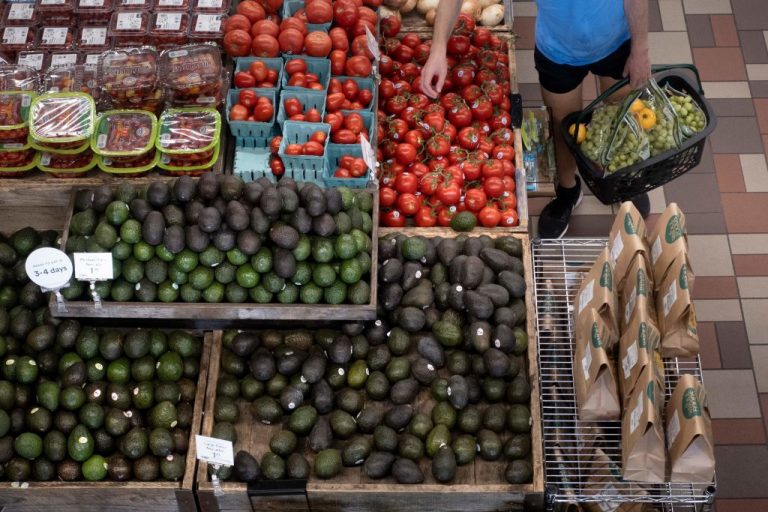The constant rise in food prices in Joe Biden’s first year as president has been a major talking point this year. Unfortunately, in Biden’s second year, it’s only supposed to get worse. According to the United Nations, its FAO Food Price Index rose to a 10-year high in 2021.
Rabobank calculations show the prices of commodities to have risen by over 28 percent in the past year. According to Refinitiv, wheat prices are up by 24 percent since the beginning of the year; corn futures prices have risen by 28 percent; and coffee prices have surged by over 80 percent.
There are several reasons why food prices have risen, including supply chain disruption caused by the COVID-19 pandemic, labor shortages, higher demand, costlier shipping, and extreme weather like floods and drought.
In an interview with CNN, Michael Magdovitz, an agricultural commodities analyst at Rabobank, suggests that customers have been buying up more food items after the pandemic began as a measure to build up inventories, which has also led to surging prices.
“If there is a big break in the market — which we don’t see, necessarily, across a lot of these commodities — it will be taken with both hands by consumers… That will limit the ability of prices to fall,” Magdovitz said.
Success
You are now signed up for our newsletter
Success
Check your email to complete sign up
According to experts from the industry, food prices will move up higher in 2022. A commodity that captures the pressure of food prices is wheat, one of the most widely-consumed staples.
Internationally, wheat inventories are at their biggest deficit since 2012 and 2013. This is the second consecutive year of deficit. Wheat futures contracts in the Chicago market are at their highest in nine years.
In an interview with Fortune, Carlos Mera, head of Agri commodities market research at Rabobank, calls the weather in major wheat-producing areas as “atrocious.” Top wheat producers like Russia, Canada, and the United States have faced high temperatures and drought that have affected output. Two consecutive La Nina weather events worsened the problem even more.
“It’s a commodity where inflation or very high prices are the most worrying… That is quite scary… Events like the French Revolution and the Arab Spring have been blamed on high food prices,” Mera said.
Rabobank predicts wheat output to turn out a small surplus in the latter half of next year. However, this won’t be enough to compensate for the shortfall in wheat the world has faced this year. Russia has raised taxes on wheat in a bid to retain supplies at home.
According to a WSJ report, many food manufacturers in the United States are planning to raise prices next year for a wide range of products, from cheese to snacks to macaroni. Tony Sarsam, chief executive officer of food retailer and distributor SpartanNash Co, warned that bread, dairy, and juice will be pricier in 2022. Research firm IRI predicts food prices to rise by 5 percent in the first half of next year.
Kraft Heinz Co. will bump up prices for some of its products by up to 20 percent in 2022. Campbell Soup and General Mills have already announced that higher prices for products will come into effect in January. Mondelez International, a producer of cookies, candies, and other products, will increase prices by 6 percent to 7 percent beginning in Jan. 2022.
“The average consumer around the world spends 15% more time at home than before… It happens that these categories, biscuits, and chocolate, are also something that is more consumed at home,” Mondelez CEO Dirk Van de Put said in an interview with CNBC.
Supermarket executives expect items like celery, potatoes, and heavier veggies to cost higher next year due to increased freight costs. Higher labor, packaging, and transportation costs will also contribute to increasing prices of pantry staples like frozen meals and mayonnaise. Liquor, wine, and beer will get pricier, especially the imported ones.







